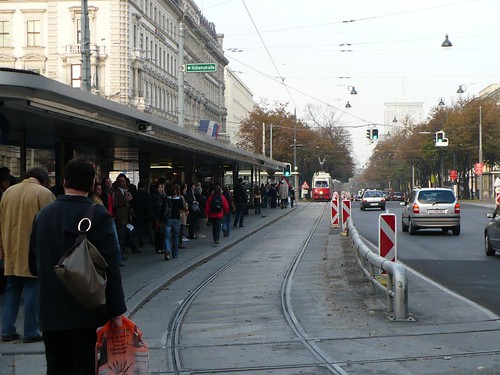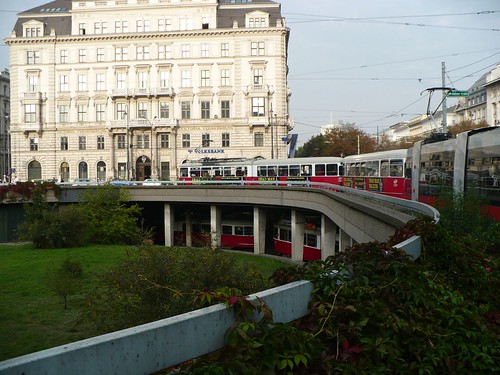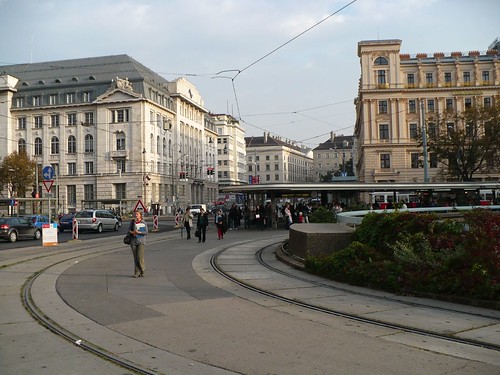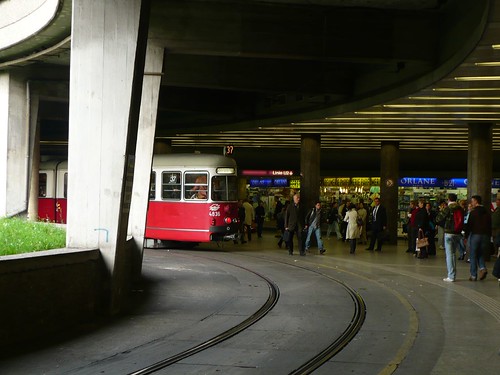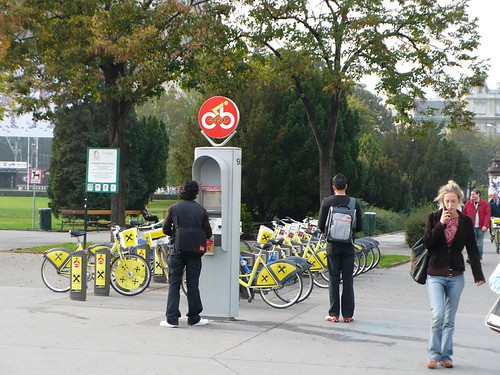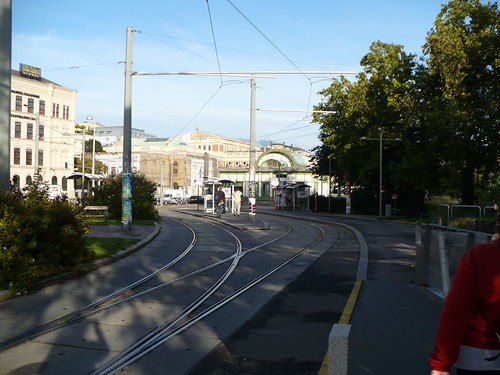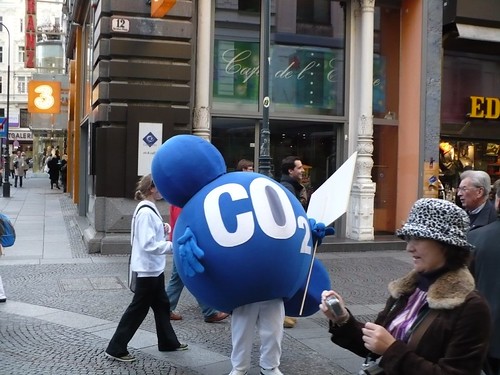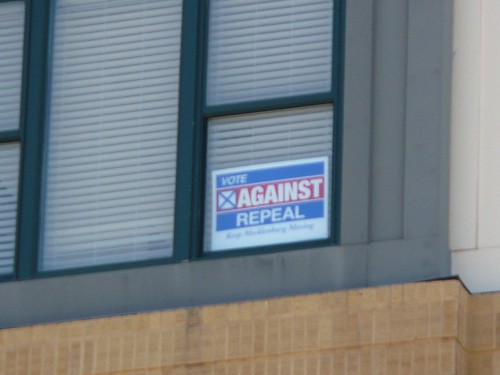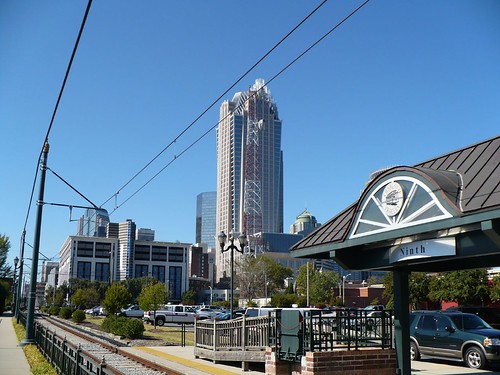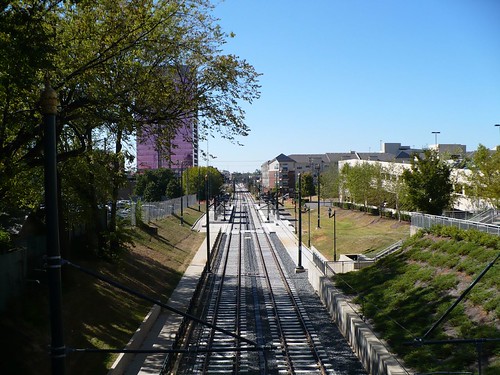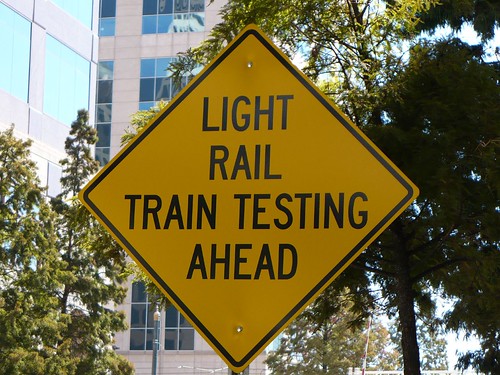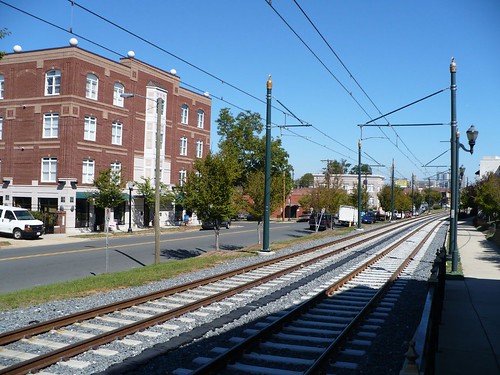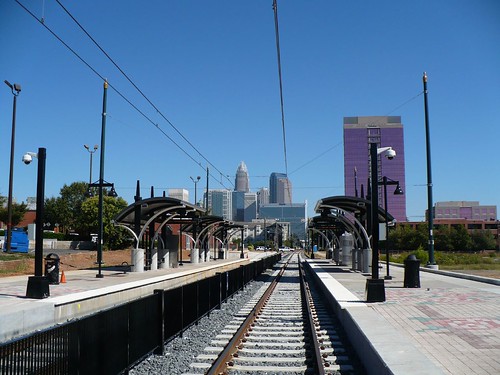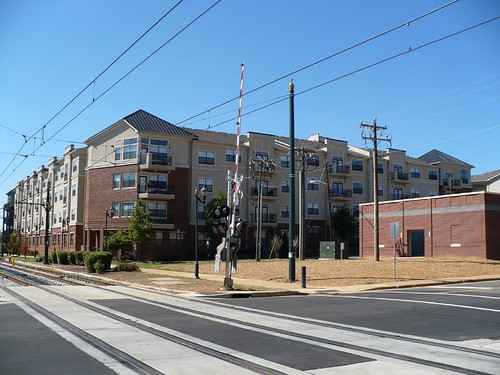Project A, the no-brainer, will carry an additional 110,000 people daily over its 30 miles by the year 2030, according to its planners.Project B, the wasteful one, will carry an additional 180,000 people per day over its 50 miles by the year 2030.
So ... the boondoggle will transport more people? For the same construction cost?
So it goes in the upside-down world of our transportation debate, circa 2007.
Project A is the widening of the Eastside's Interstate 405. The plan is to spend $10.9 billion (in 2002 dollars) laying four new freeway lanes and a bus rapid-transit route.
When done, the road will be 67 percent wider and carry 110,000 more trips than now. In some parts it will flow more freely. In others — such as the evening rush hour between Bellevue and Renton — it will be as jammed as it is today. (All this is from the state's studies.)
Project B is Sound Transit's light-rail plan. For $10.2 billion (in 2006 dollars), it would extend rail north to Lynnwood, east to Bellevue and south to Tacoma. The whole system, including the line being built now, is projected to carry 300,000 riders daily by 2030.
So the Times does some stuff right with Mr. Westneat, but allows Mr. Niles to parrot one of the anti-transit factions favorite comparisons without proper analysis of his claim. Regional trips to a specific corridor. As has been said before, the Big Dig only takes less than 2% of regional passenger miles. And before the cost escalations the road warriors loved that project. Some still love it and hope to repeat it in Atlanta among other places. But, as we know from the previous comparison: 180,000 > 110,000. But is it just 180,000?
What I would like to see is these 311,000 transit trips plus the calculation of walking trips generated from smarter development, specifically the trips that won't be taken by car. This is what the folks in Portland are referring to as the trip not taken.
In a 1994 travel survey, it was shown that areas with good transit and mixed use development got 9.8 VMT per capita. In outlying areas of the city, that number went up to 21.7 per capita. So if we look at the 7,200 housing units that were built in the vicinity of the streetcar, this means an annual reduction of 31 million VMT! This suggests that people don't have to drive as far (good for carbon reduction) and take trips using other means such as bikes and walking (even better).

